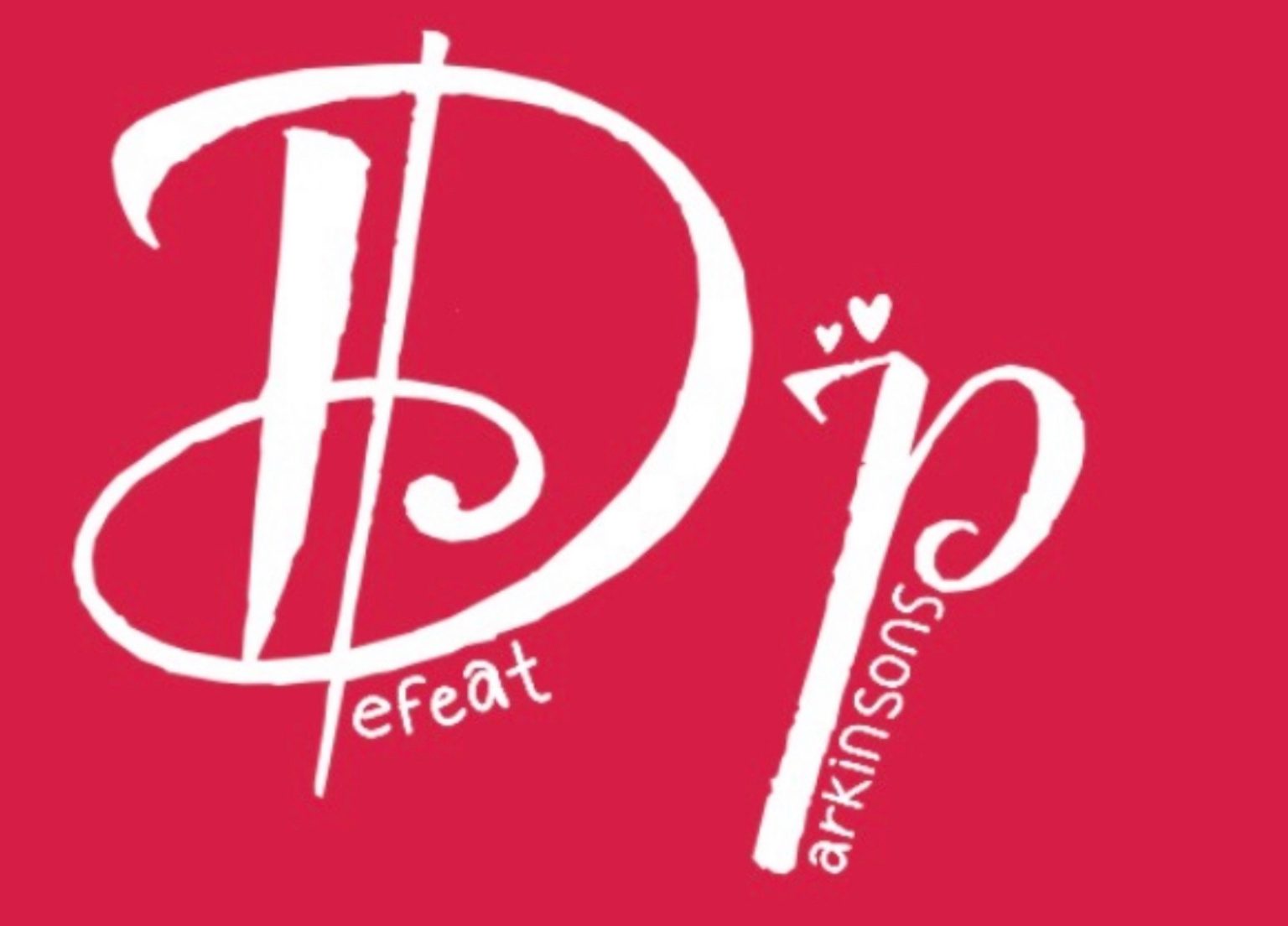“stop focusing on what happened and start focusing on what’s going to move you forward.”
We have come a long way in the way we think about many neurological diseases since I first became a physician. 25 years ago we had a limited number of medications to treat Parkinson’s plus the thinking was that patients with this illness were doomed to a life fraught with physical limitations that were out of the control of the individual who simply had to accept his or her fate.
Now we know that although there is still no cure, there can be life after PD. We have the power to control our future to ensure the best possible outcome.
Although many of the tools and techniques of rehab to aid patients with PD are not entirely new and in fact been around for decades, the expectations of patients and doctors has shifted considerably. There is now a greater emphasis on recovery and maintaining function because contrary to previous beliefs… The brain is capable of remodeling itself – However this does not happen overnight nor without hard work and will power. The best outcomes for those living with PD come by from earlier rather than later treatment introduction as well as rehab. Even in early stage of PD when patients just begin to notice gait deficits studies show that there is a dramatic decrease in cadence and stride that can be improved and maintained if physical therapy begins early before real problems like falls occur. The more people with PD practice their therapy regimens (like cycling, walking, boxing, dancing, tai-chi, swimming) the stronger and smoother the new brain pathways developed will become. These therapies are not confined to traditional ones but also those which are non-traditional like singing and painting or sculpting. Also programs like BIG & Loud can be of great benefit.
Thus, as soon as one is diagnosed one should talk to their physician about referring to physical therapy, occupational and speech therapy. Part of the conversation should include discussing daily or weekly activities which will help to maintain and improve function. Even when wheelchair bound one can do tai-chi or laughter yoga to help guard against depression and decrease rigidity and pain. The goal is to stimulate new pathway development and strengthen the connections which are becoming loose. But the rehab should not only include physical activities but also mental ones since PD affects memory as well. Of course there is a belief that exercise can improve and delay memory loss but actively engaging in mental activities like learning new skills, playing games, solving puzzles, learning new languages, as well as socializing will be much more beneficial.
But, before you go begin to recovery, you must first address your own emotions. The reality is that until it happens, most of us take for granted all the little things we are able to do without giving it a second thought like multi-tasking, being able to get dress, able to tie our shoes, brush our teeth, feed our self, cut our food, etc. we don’t ever think what would happen if I were to lose our independence suddenly and unexpectedly. How would we react? What would we do? How will we cope? The notion can be extremely traumatic especially for an active independent person. When we get a diagnosis with PD is not uncommon to feel out of sorts, lost, depressed because we are grieving for loss of self-wondering what our next move will be, what our new place in the world, or role in our families will be? We wonder what the future holds for us. To make matters worse Parkinson’s also wreaks havoc with our emotions making us anxious, and depressed. If we don’t get a hold of our emotions and seek medical care which may include counseling, these can ruin our life leading to isolation, worsening depression, fatigue, sleep, and apathy. These emotions if unchecked and untreated can stand in the way of a recovery.
3 Sure ways to better outcomes and happier you:
First step is self-awareness of problem – one can’t solve a problem without first admitting there is one. Get diagnosed. Then work on what needs attention in your life at the time-ask yourself how I am going to do my job or fill my responsibilities if I am not well? So place yourself at top of to do list. This means accept diagnosis and start treatment.
Second, find a support group– people you can open up and also will be there when you need help, this includes looking for financial help if needed, plan for future.
Third, strengthen yourself by embracing the disease and putting a plan together to exercise, eat right, sleep right, go to counseling if needed, follow through with doctors and tailor your own therapy to fulfill your needs. An Avant guard way of approaching therapy is called progressive task related training. For instance, if having trouble using limb to eat work on ways to improve function and use of that limb getting right utensils, taking right meds, etc. The goal is to promote autonomy for as long as possible. This also includes educating yourself and others about your disease. Make short term, medium term and long term plans to accommodate for your new needs and life style. This includes preventing falls which frequently occur with PD -so should have some balance training like water therapy which I have found to be the best solution for this problem.
5 ways to achieve rewiring of your brain
- believe in yourself- “I think I can, I think I can…”
- embrace the positive attitude- say no to the bad!
- visualize getting better- walking better, shaking less, talking louder
- take steps towards your goal- monitor your symptoms and act on them quickly, start an exercise program, start a mentoring program..
- repeat, repeat, repeat….
soon you will be on your way to a new you!
